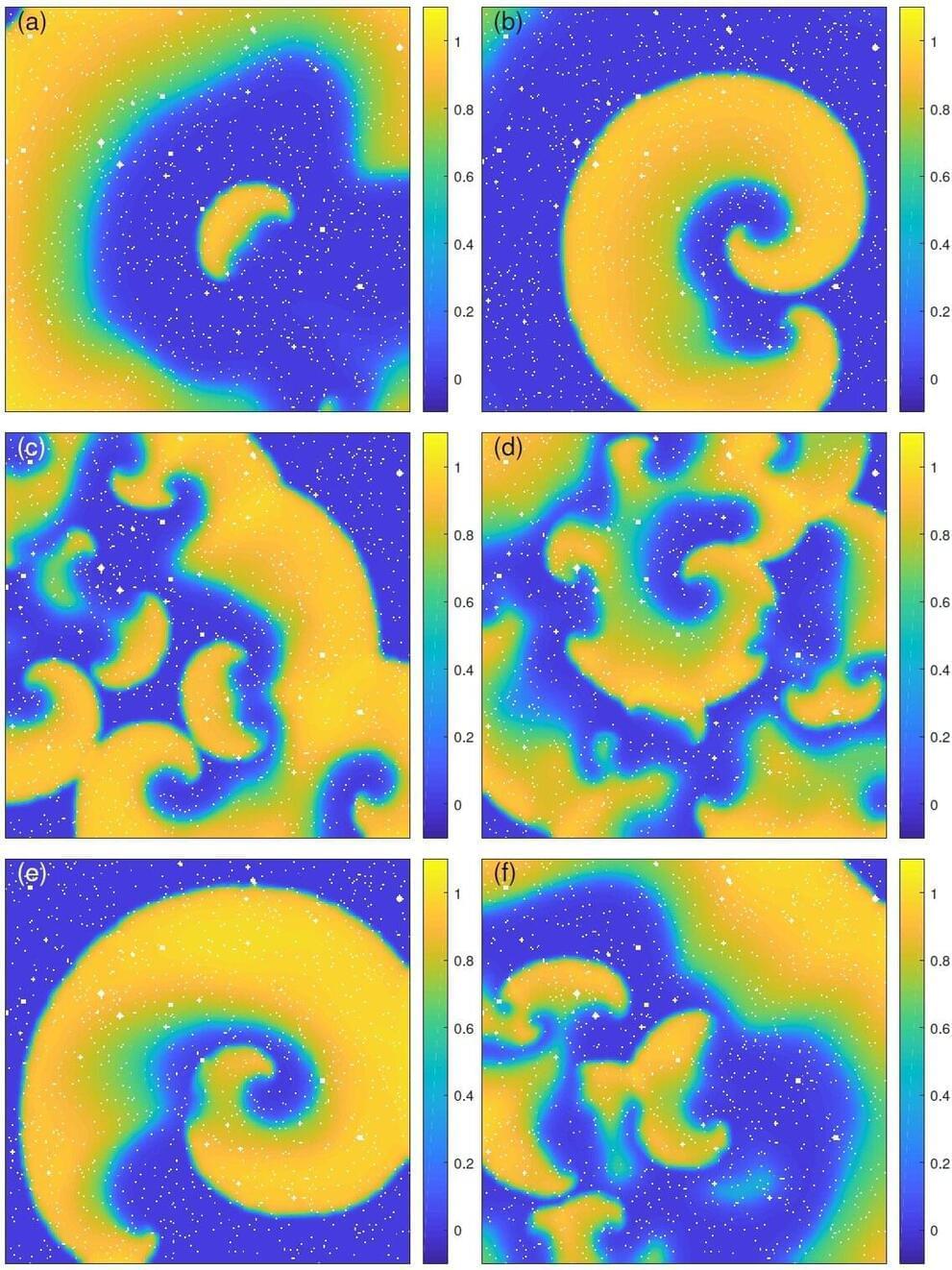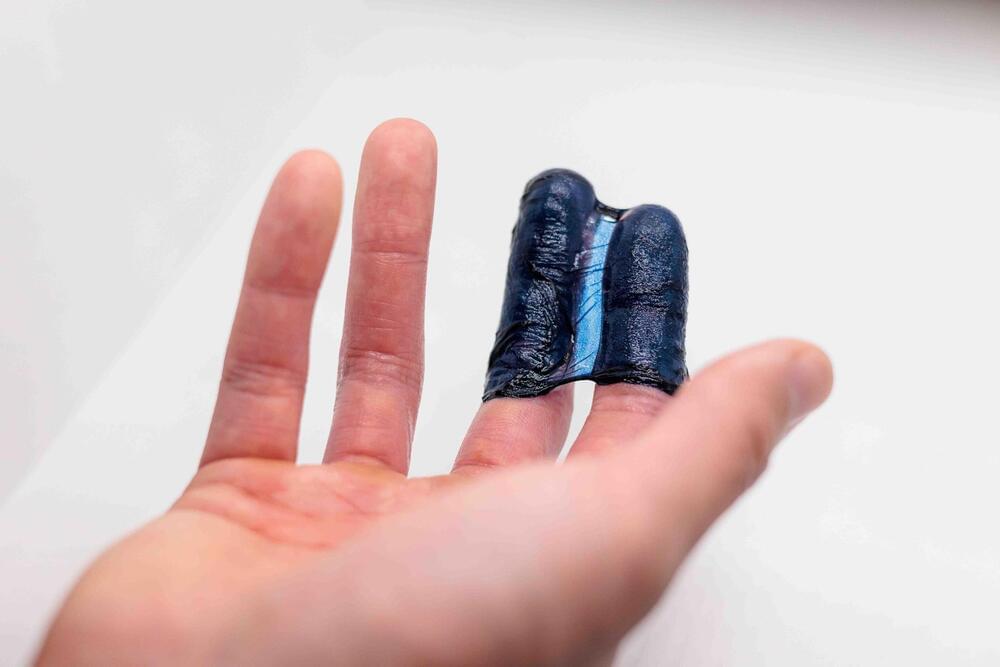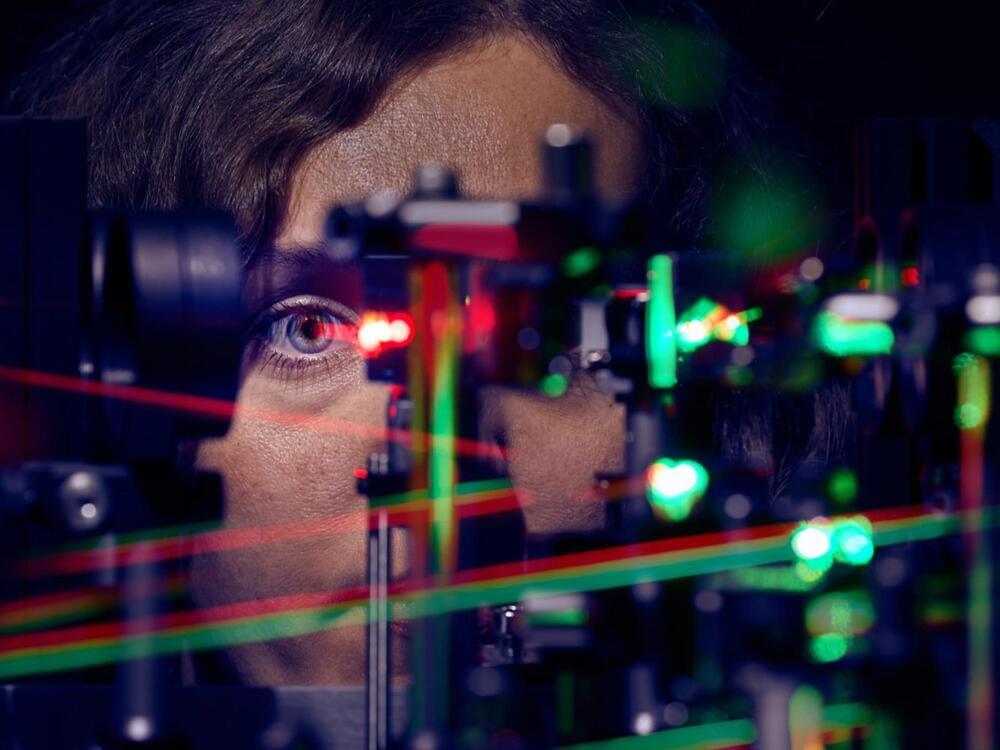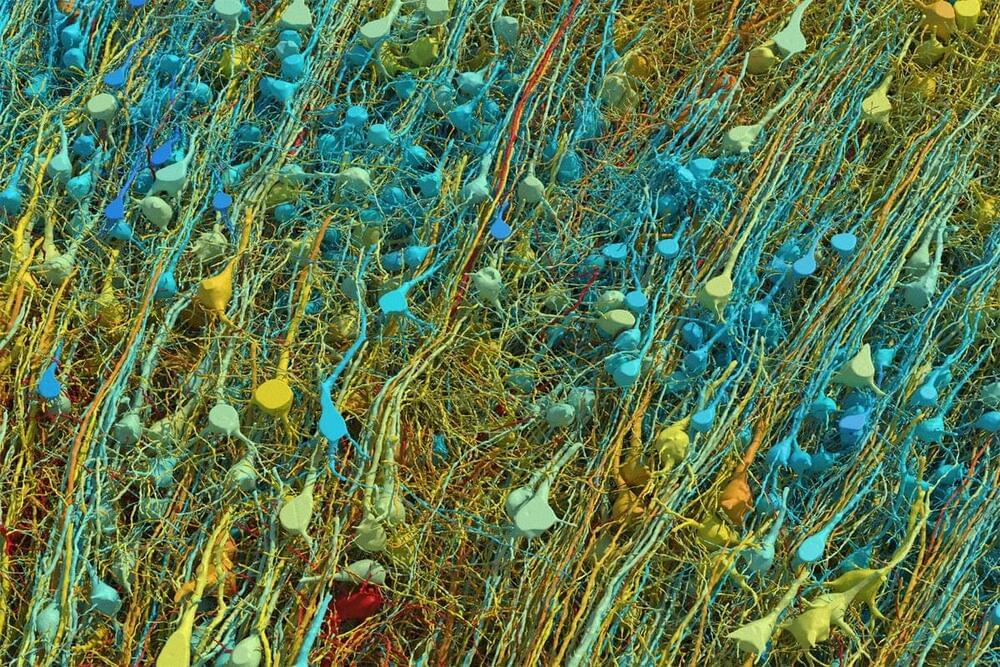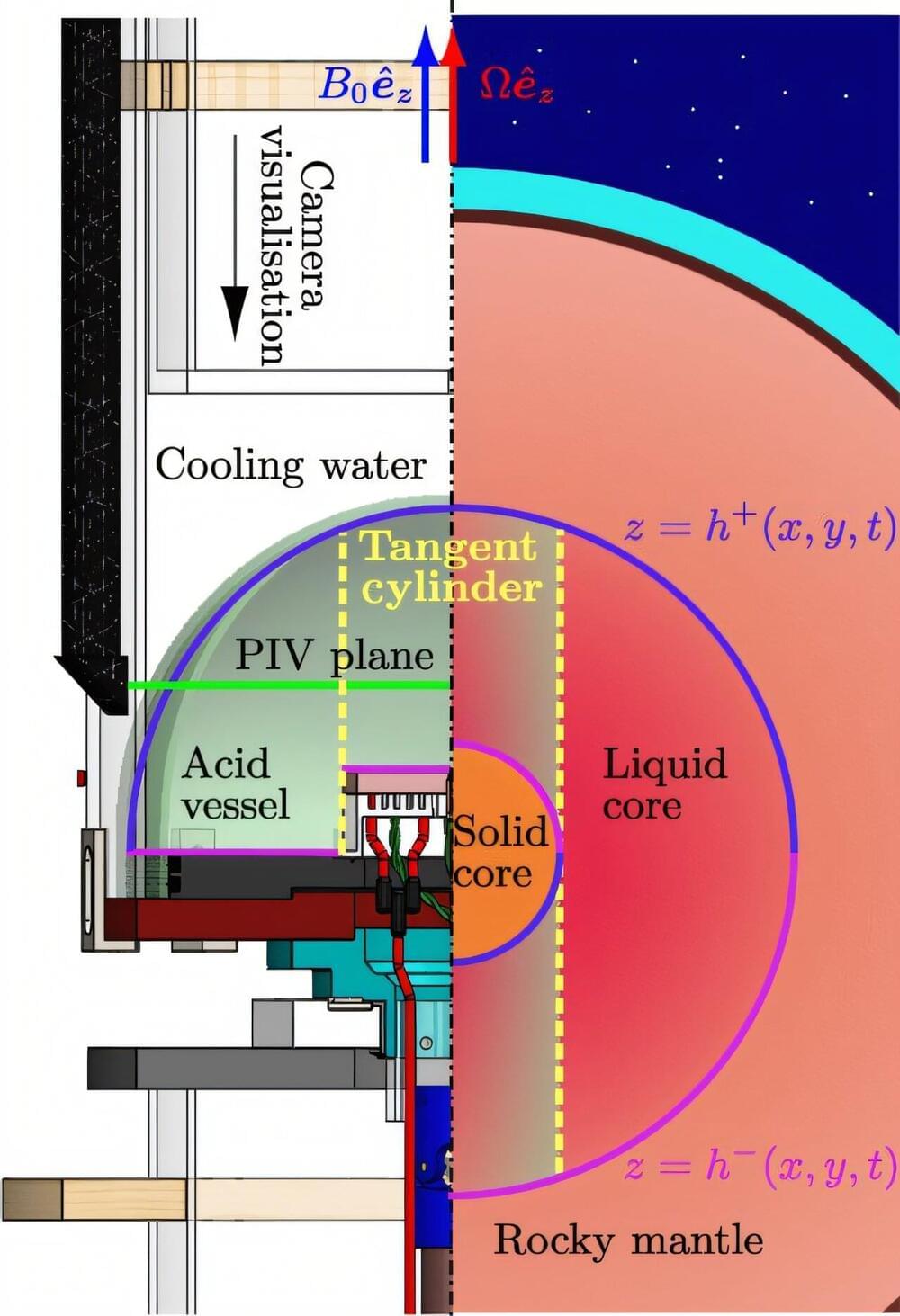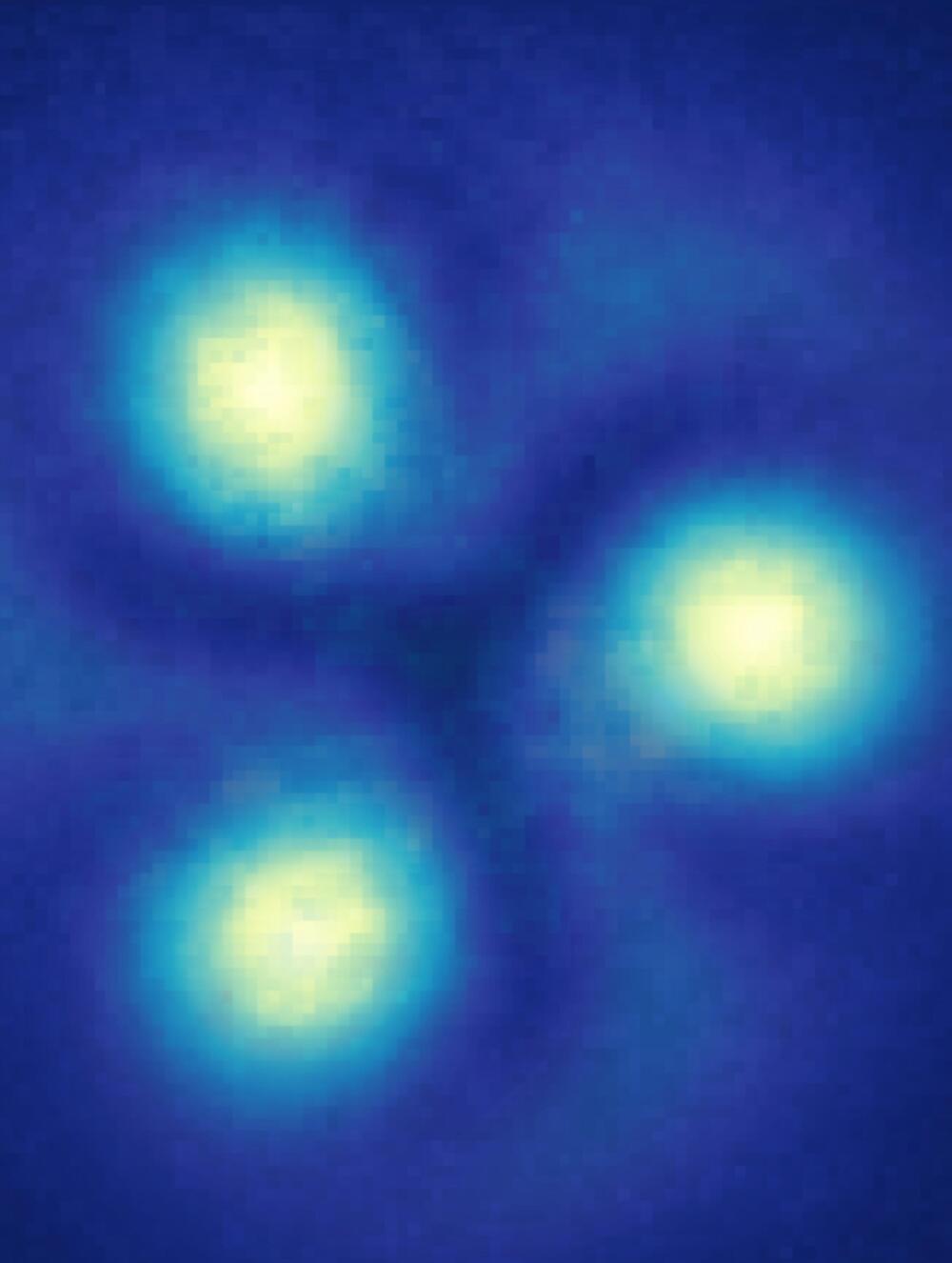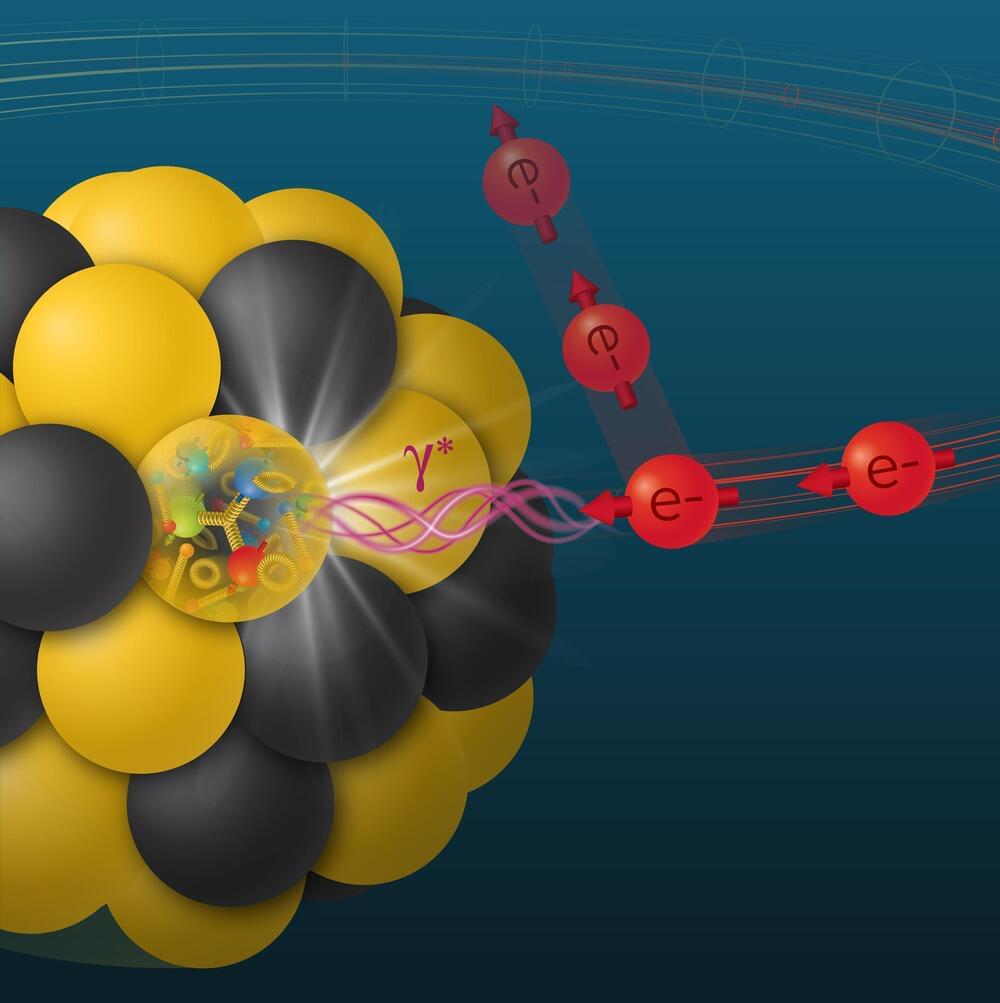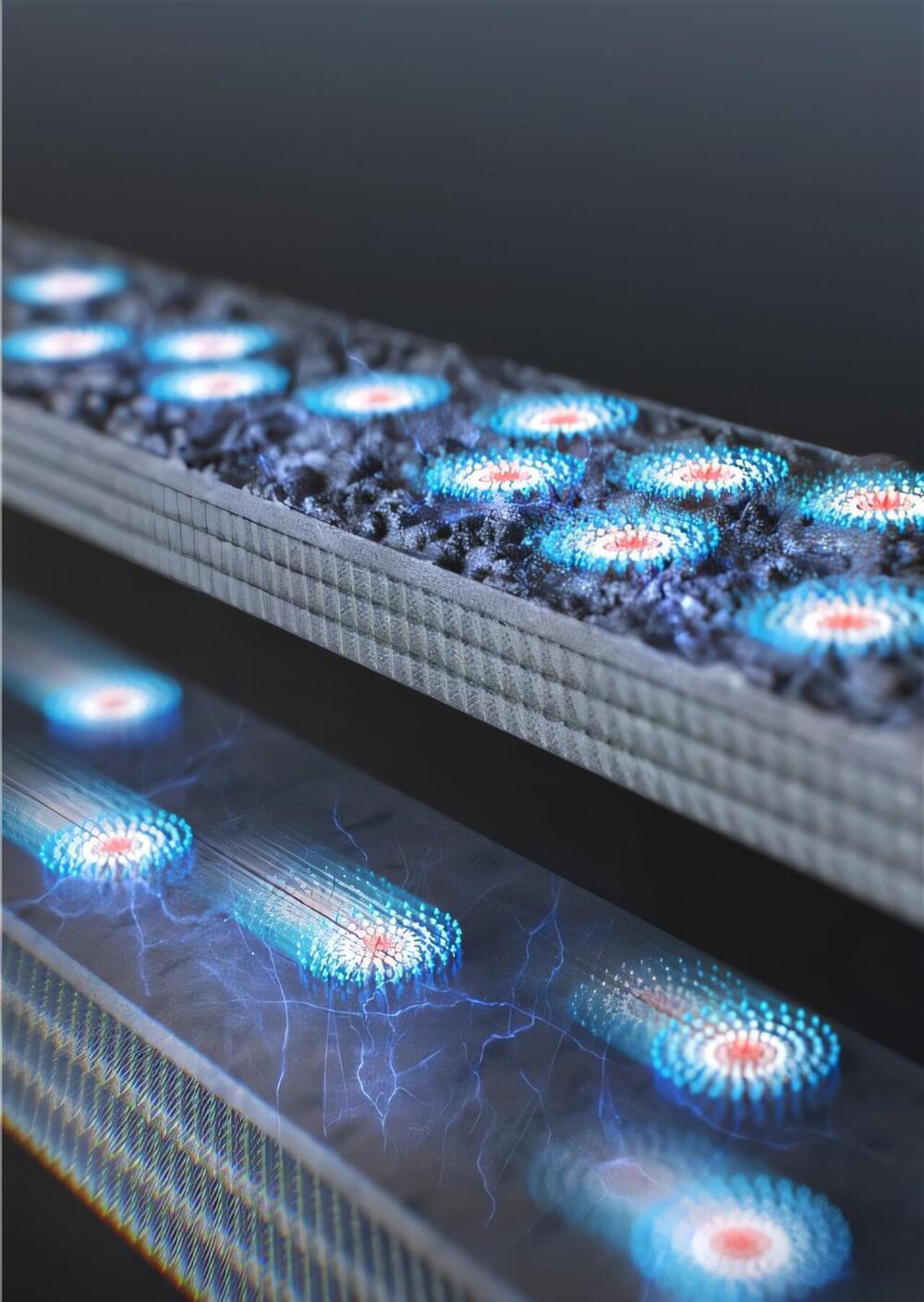Nov 9, 2024
Defibrillation devices can still save lives using 1,000 times less electricity, optimized model finds
Posted by Saúl Morales Rodriguéz in category: computing
In a paper published in Chaos, researchers from Sergio Arboleda University in Bogotá, Colombia, and the Georgia Institute of Technology in Atlanta used an electrophysiological computer model of the heart’s electrical circuits to examine the effect of the applied voltage field in multiple fibrillation-defibrillation scenarios. They discovered far less energy is needed than is currently used in state-of-the-art defibrillation techniques.
